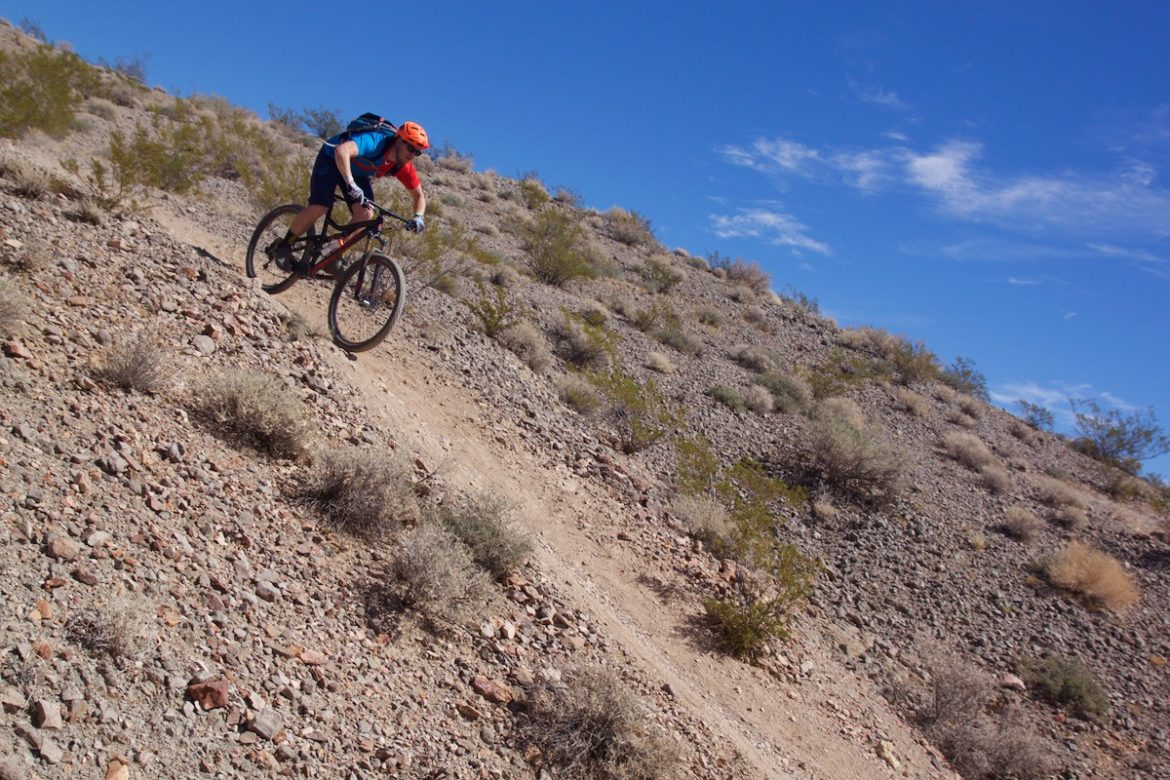
I was very ignorant when I first started mountain biking. I learned several basic mountain biking lessons the hard way. These were lessons that would be obvious to any seasoned rider. But I didn’t do my research and didn’t bother to ask anyone for guidance.
So, I want to share five of the valuable lessons I learned the hard way in order to save newbie riders from the needless pain and suffering I endured.
Make sure your quick release axle is secure

I can already hear the collective “duh” coming from readers as I type this. Before I started mountain biking a few years ago, I never knew such mechanisms existed, much less how to properly use them. I loved having a QR axle on my bike because I had to transport my bike inside my car. But I did not grasp the importance of properly tightening the wheel to the front fork and making sure the lever was pointed up and away from the front of the bike.
After my front wheel came off on two separate occasions while riding, I quickly learned the right way to do it. There’s nothing like a quick endo followed by a hard landing to realize the proper method of securing a quick release front wheel.
If your bike is so equipped, always make sure the QR lever is tight before every ride. The lever should be hard (but not impossible) to open or close, and the open end of the lever should be pointing up and away from the front of the bike. For good measure, lift the front of the bike and hit the top of the wheel a few times to make sure it won’t come off.
[see_also id=’241996′]
Loose QR levers have also been known to open mid-ride, lodging themselves in the spinning disc brake rotor. If possible, swap the QR axle around so the lever is opposite the rotor side of the fork as shown in the photo above.
Use two bright lights to bike at night
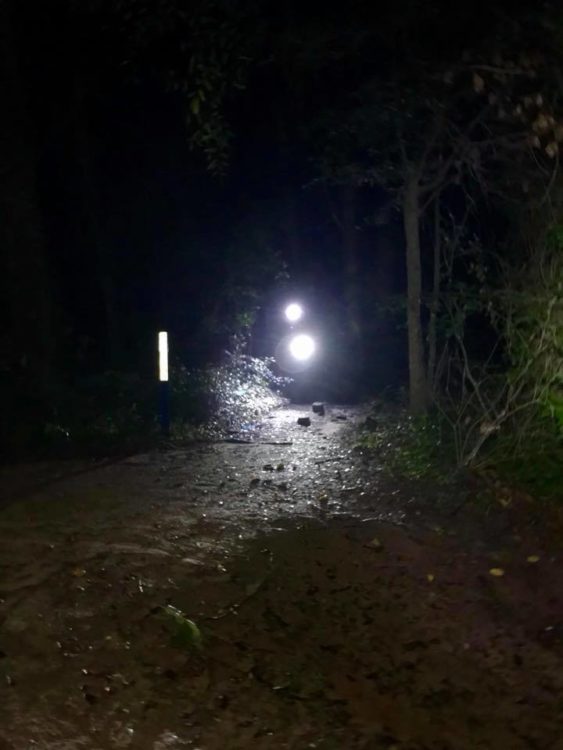
I am a big fan of mountain biking in the dark. When I first started going on night rides, I used only one bike light that I mounted on my handlebars. It never dawned on me that a bike light could fail without warning until it happened to me one day while on a pre-dawn ride.
There I was, cruising along on a narrow singletrack trail by myself in the middle of the woods when my light suddenly went out. Fortunately, I was on a straight section of the trail, and quickly came to a stop. I waited a couple of minutes for my eyes to adjust to the darkness, and then carefully walked my bike back to the trailhead where I waited for the sun to come up before resuming my ride.
These days I ride with a light on my handlebars and one on my helmet. Not only do I have a back-up in case one of them fails, but the helmet light enables me to look ahead through the corners.
Check chain wear on a regular basis
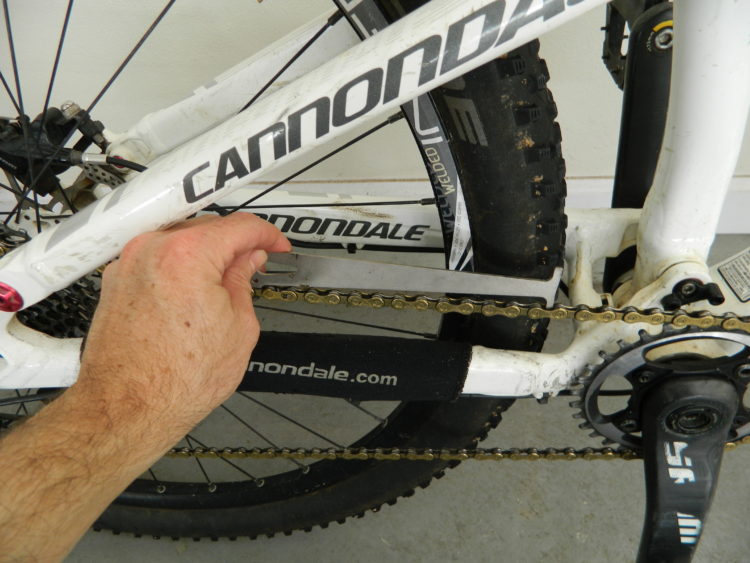
A chain wear gauge like this one is inexpensive and easy to use. Plus, it will save you a lot of money in the long run.
Showing, yet again, just how ignorant I was when I first started mountain biking, I had no idea chains wore out and needed to be replaced periodically. I was on a summer afternoon ride one day, four miles out from my car. I was climbing the last hill before circling back toward my car. Suddenly, I heard a metallic “snap” and the cranks became way too easy to pedal. I looked down to see my chain had broken. I spent the next 45 minutes in 90 degree heat and 100% humidity walking/coasting my bike back to the trailhead.
After that, I learned about chain wear, and invested in a chain wear gauge. Since then, I have avoided breaking any more chains, and have extended the life of my cassettes and derailleur pulleys by replacing chains before they wear out other components.
Having the right tire and suspension pressure improves the ride

I always check my tire and shock pressure on a weekly basis and make adjustments depending on trail conditions.
As an avid NASCAR fan, I should have realized the importance of tire pressure and shock pressure from the beginning. But it took me a few years to fully grasp this lesson. I just thought that keeping air in the tires was good enough, and that once the bike shop set the air pressure in my suspension, I was good to go.
It’s no wonder I endured a lot of rough rides before learning to play around with mountain bike tire pressure and shock pressure until I found the sweet spot that gives me both speed and grip. Now I use both a tire pressure gauge and a shock pump at least once a week to check my pressures and set up my bike for the different trails that I ride locally. I make adjustments depending on the type of trail and the temperature. I also take notes of what pressures I was running when I had a really good ride, so that I can use them as a benchmark for future rides under similar conditions. The right tire pressure and shock pressure are key ingredients for having a great ride and should never be overlooked.
Speed is your friend when it comes to obstacles

I have a love affair with 29ers. I feel like a superhero every time I ride one because they have the ability to roll over almost any obstacle in their path. But, in order for a 29er to be effective, it’s necessary to maintain speed and momentum when traversing obstacles like roots or rocks.
In my early years of riding, I would slow down when I approached such obstacles because they intimidated me. That was a big mistake. Going slow increased my chances of crashing due to the bike getting hung up on a root or a rock. A few hard falls taught me to suck it up, hang on, and nail obstacles at speed. I just stay loose and in the attack position, allowing the bike to move underneath me while guiding it through the best line. It still scares me a little doing so, but I make it through safely almost every time.
It’s easier to learn from others’ mistakes
If I could go back to the beginning, I would seek out counsel from seasoned riders and do a lot of research on my own before getting into mountain biking. I flew blind for the first few years, and cost myself a lot of wasted time and money. But I am glad I endured these experiences so that I can pass the lessons I learned the hard way on to the next generation of riders.













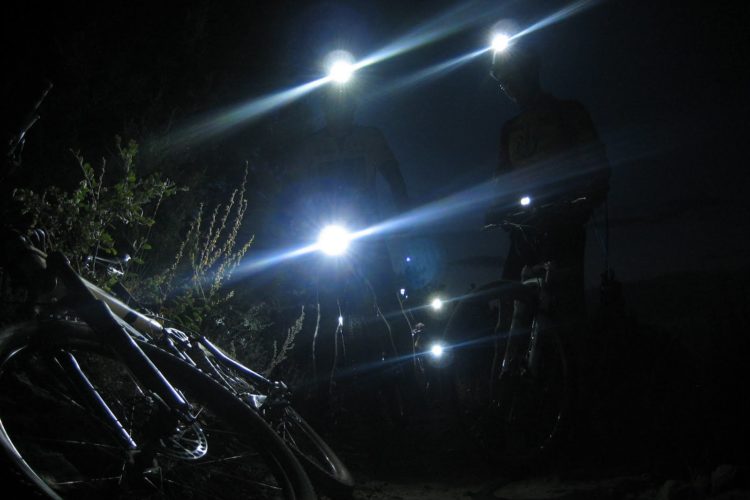
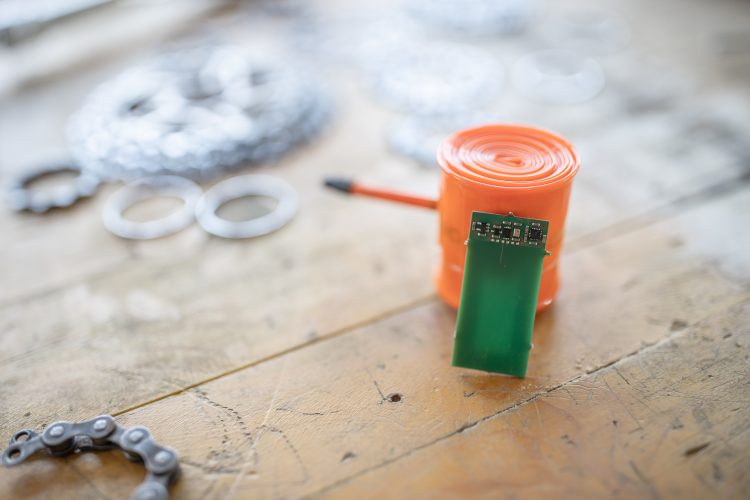



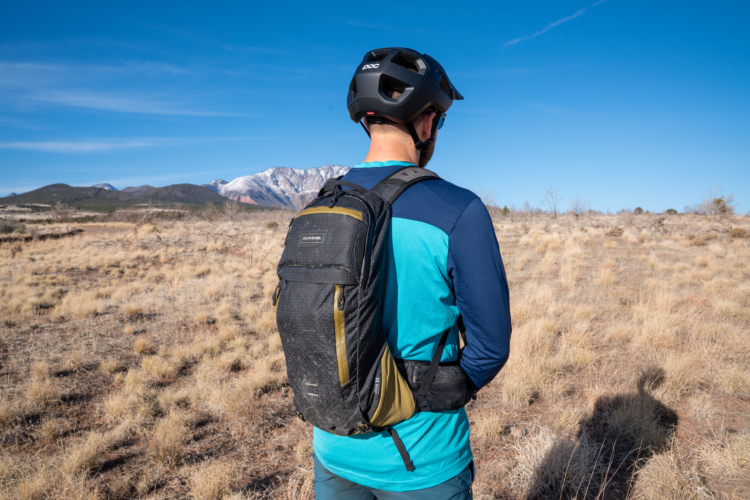

6 Comments
Jul 26, 2018
Jul 26, 2018
Jul 25, 2018
Jul 25, 2018
Jul 26, 2018
Jul 26, 2018